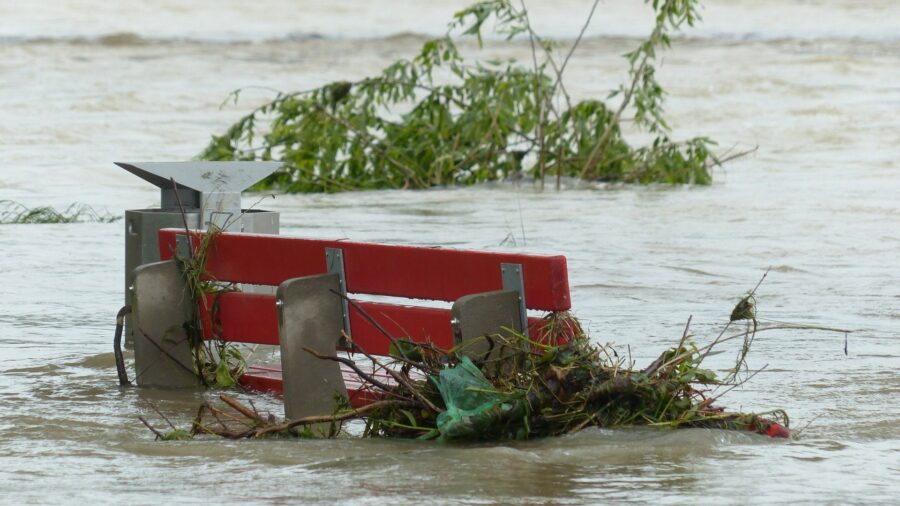While extreme weather is a fact of life in Australia, record East Coast storms are currently devastating people and property. Every year, around half of all drowning deaths occur when someone tries to drive through floodwaters. Here are 6 reasons why driving through floodwaters is crazy.
6 reasons not to drive through floodwaters
1. Water is heavy – Each cubic metre weighs 1,000 kilos – and tears away the road surface making the gully deeper than you think.
2. Your car will float – Most cars lose power at a depth of 15 cm, when water enters into the exhaust, and float at a depth of 30cm. A University of New South Wales experiment found:
- A Toyota Yaris (1.05 tonnes) moves in only 15cm deep water flowing at 3.6 kmh and floats away at 60cm depth
- A Nissan Patrol 4WD (2.5 tonnes) becomes unstable at 45cm deep and floats at 95cm depth.
3. Floodwaters hide obstacles – Floodwater is only part of the problem; it picks up branches, old pipes, and other objects along the way. These cause just as much damage to your car or your ability to move.
4. You won’t be able to get out of the car – If you are inside, it’s very hard to open the door against the force of the water. Water in wiring and locks disables anything that needs electrical power, such as windows or motors.
5. You may get stuck – There is nothing you can do if the water level keeps rising.
6. Floodwaters are the main cause of drowning deaths.
So why do we drive through floodwaters?
Even though driving through floodwaters may seem irrational, people have many rational reasons for doing it. These 6 reasons come from interviews conducted as part of a Royal Lifesaving study.
- Pressure to arrive at their destination – Who can resist the appeal of being warm and dry at home?
- Lack of appeal of alternative routes – Who wants to drive a further 50 kms to get home?
- Pressure from others – Do you want more upset at this stressful time?
- Witnessing others drive through successfully – Most drivers in this study reported seeing only 2% were turning around.
- Skills and knowledge to drive through safely – Many drivers report they trust their experience and skill in driving through floodwaters. In fact, 91% reported they got away with it in the past.
- A 4WD, diesel vehicle (with snorkel) – Belief that this type of vehicle will always protect them.
As this list shows, people don’t make irrational decisions but carefully consider their abilities and needs, such as getting home to safety. Few people think the worst will happen to them.
CTP does not cover you for damage
Remember your green slip does not cover property damage, only injury to a person in an accident involving your car.
Comprehensive insurance can cover flood-related claims, but there may be a question about who is at fault. Choosing to go through floodwaters may turn out to be unwise in many ways.
You may consider taking out third party property damage or comprehensive insurance to cover damage caused by unexpected floods.
The best insurance is not to drive though floodwaters ever.


your opinion matters: